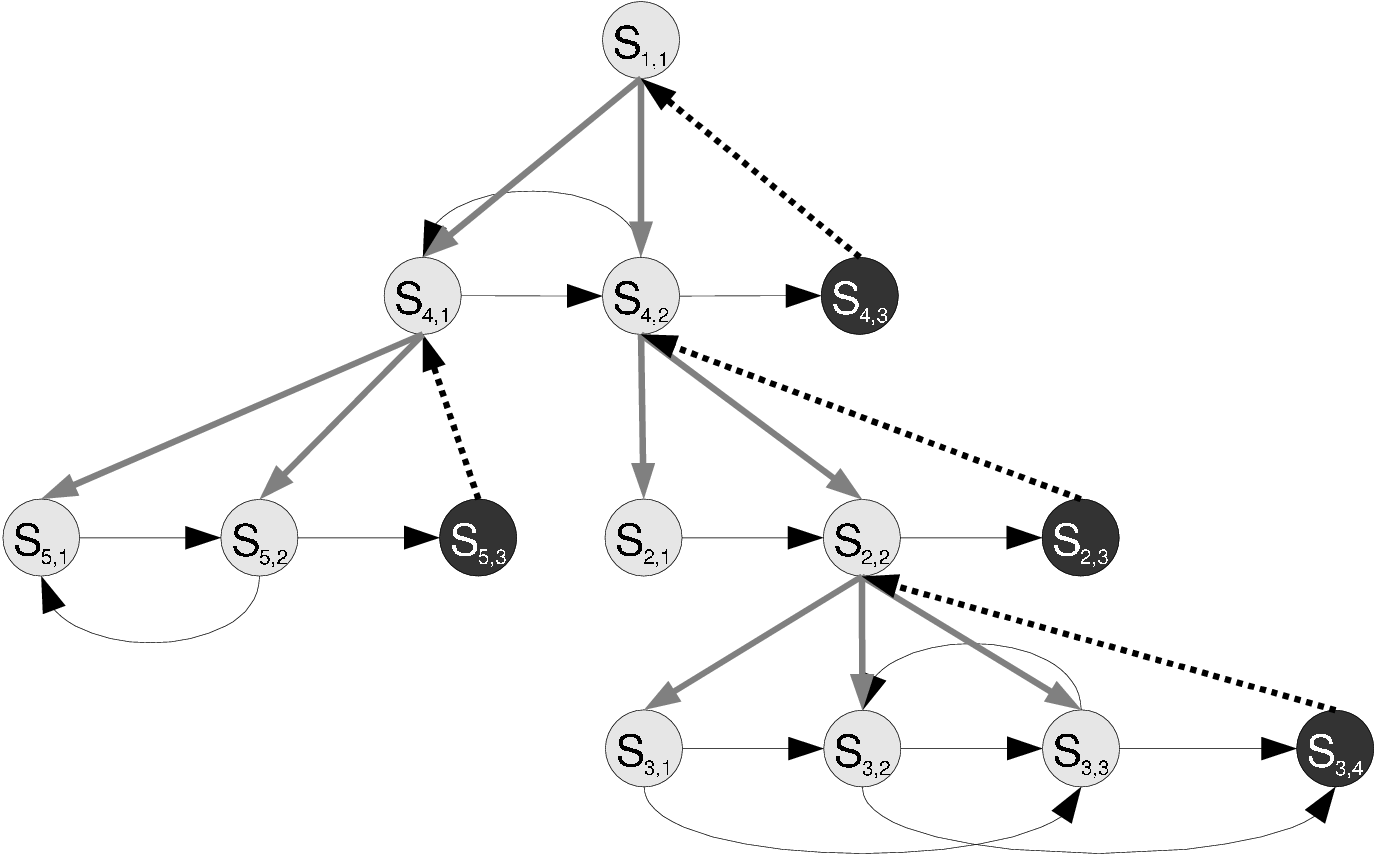
Let’s assume for the moment that the operator “[ A B C D …] > [ I J K L … ]” indicates the use of a veiled existential threat by the set [ A B C D … ], composed of individuals A, B, C, D …, aimed at generating a desired action in quantity [ I J K L … ], composed of individuals I, J, K, L, …. Most observers would be capable of following the traced route on a simple relationship [ A B C D … ] > [ I J K L … ], and would find it easy to inform their responding behaviors based on the display present, either condemning [ A B C D … ], assisting [ I J K L … ], or choosing some other form of response based on what they saw.
Sadly, life is rarely this simple. Many aggressors often operate with intermediaries present, in order to achieve their agenda, while masking their presence to the victim and witnesses, such that we might instead find ourselves observing the system [ A B C D … ] > [ W X Y Z … ] > [ I J K L … ], where the quantity [W X Y Z … ] would instead be operating on [ I J K L … ] and acting as a puppet of [ A B C D … ] in doing so. In fact, if our experience was limited solely to observing the quantity [ I J K L … ], we would have no prior experience of [ A B C D … ] to inform us of the true inciter of the actions taking place, and would only have experience of the observed phenomenon [ W X Y Z … ] > [ I J K L … ], unless the links to quantity [ W X Y Z … ] were examined more closely and inbound operations discovered leading back to [A B C D].
This system of exploitative behavior can often be made imperceptible by language barriers, social barriers, visual occlusion, historical infidelity, isolation of location, confounded network paths, and various other limitations that might occur between the players present, and so we may find in many cases that what we think to be responsible for an event has no bearing on what is actually responsible.


Leave a Reply
You must be logged in to post a comment.